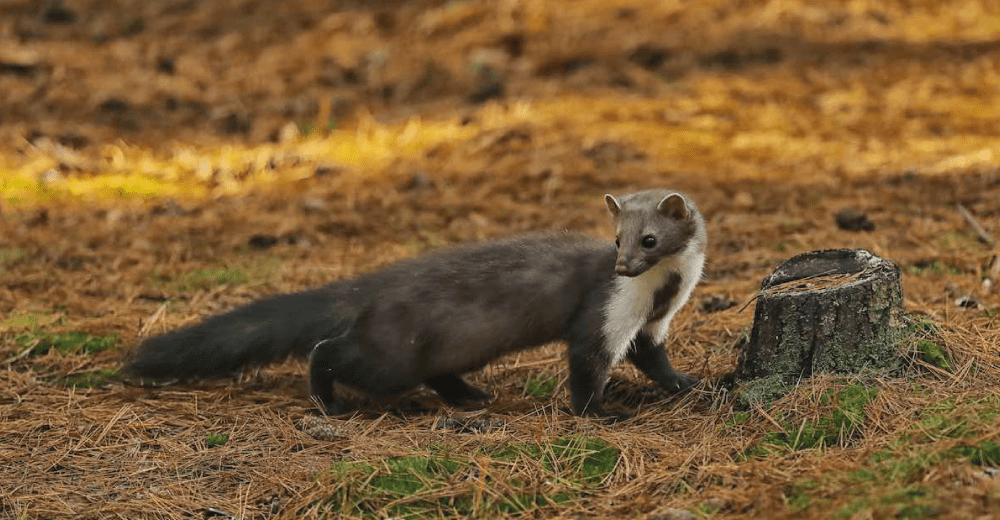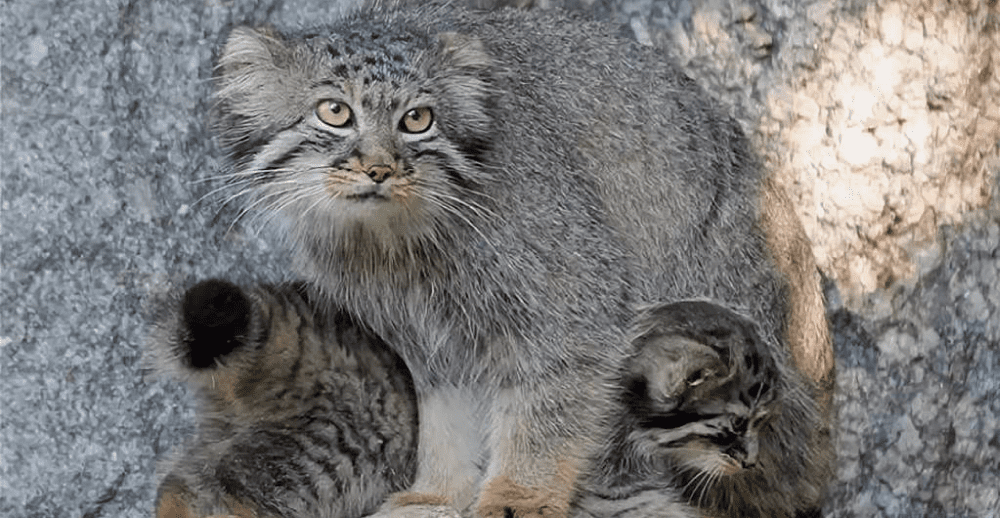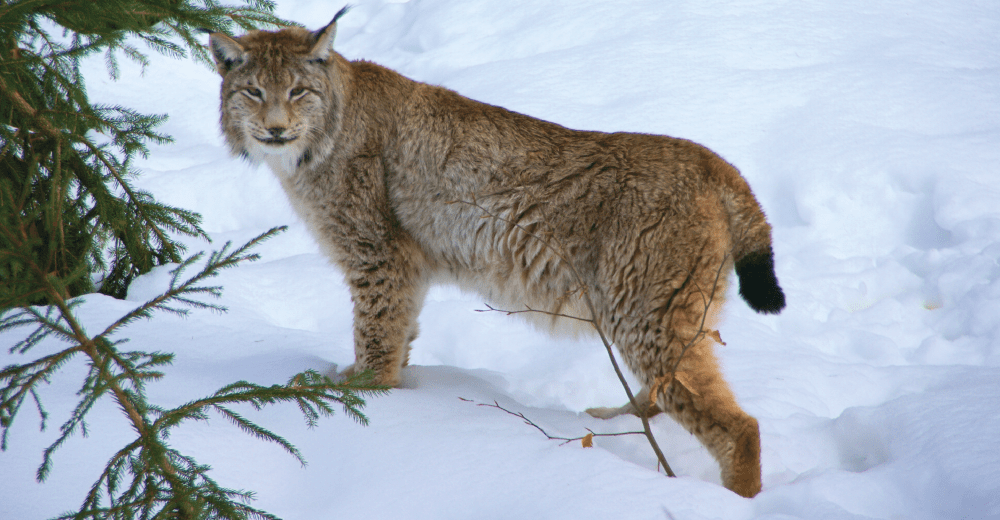Stone martens are agile climbers and excellent swimmers; however, they spend most of their time on the ground. They are crepuscular (active at twilight) and nocturnal (active during the night). Their diet is based on rodents, birds, insects, fruit and berries.
They are solitary and territorial animals, with males covering a territory of up to 200 hectares. Stone martens have an unusual habit of destroying tubes and cables of vehicles in urban areas. The majority of “car attacks” take place during the spring, when young stone martens start to use their teeth and learn which items are edible, and which are not.
Stone martens can survive from 10 to up to 18 years in the wild. Stone martens are distributed throughout Western and Central Europe, Central Asia, Bhutan, Pakistan, Northern India, Nepal and Northern Myanmar to Mongolia and China.
In Pakistan, stone martens inhabit forests, shrublands, forest edges, hedgerows and rocky hillsides of up to 4,200 meters. These species are the least studied animals and declared as “Data Deficient” in Pakistan. Public awareness and conservation measures are needed both for stone marten habitat and population to sustain in long terms.



